Frani O’Toole and M.J. Porzenheim
Co-Editor-in-Chief and Staff Writer
Latin students, like most others Americans, can “rattle off the many benefits of high-school sports: exercise, lessons in sportsmanship and perseverance, school spirit, and just plain fun.” That quote was taken from a recent article in The Atlantic entitled “The Case Against High School Sports,” by Amanda Ripley. The premise of the piece is simple: there is too much emphasis in the American secondary school system on sports. Ripley goes on to argue that American’s obsession with athletics is one factor in our country’s academic mediocrity, and advances her case through examples of schools that have forgone spending on sports in order to focus on academics, with positive results. Other schools interested in academic excellence should follow suit, her logic goes. Well, should we?
The Atlantic piece primarily analyzes high schools which meet the national average of 55% of students participating in athletics. Latin not only meets this average, it far exceeds it: a full three quarters of Latin upper and middle school students play sports. Does this mean we are even stronger candidates to reconsider our emphasis on sports? Or does it speak more towards the inclusivity of our athletics program? “One of the best things about Latin’s athletics program is that the school makes every effort to offer a spot on a team to all interested and committed athletes,” advertises Latin’s website. There are over 65 Latin teams to choose from, and the school makes a concerted effort to keep their athletics program open and accessible. Gatherings exhibit our school’s sports emphasis, especially since so many of our announcements are sports-related. With three out of four Latin students participating in a sport, it’s difficult to examine our community without acknowledging the importance of sports. According to Ripley, “sports are embedded in American culture,” just as athletics are embedded in Latin’s culture.
A major part of what makes a Latin upper school career so challenging and rewarding is the time commitment that many extracurriculars require. These time commitments allow for excellence, but they can also make certain days and weeks grueling. Henry Pollock, a three-sport athlete, estimates he “will have spent 1,500 hours” playing a Latin sport by the time he graduates. At the same time, it is important to realize that other extracurriculars are just as time consuming, and that not just Latin sports require large time commitments. Jake Schlossberg, a senior, estimates that “by the time [his] senior year is over, [he] will have spent 1,392 hours rehearsing on the Latin stage [only counting the two main productions a year].” Will Nuelle, a junior, points out that “club sports are similarly time consuming. I row at a relatively high level so I spend a lot of time working and preparing outside of practice for crew.” The large amount of time spent on sports is not limited to Latin athletes and in fact extends nationally, as the Atlantic piece argues. But what academic effect on Latin students does our athletic culture have?
When asked, most upper school students surveyed reported that the sports season did little to improve their academics. Almost every student asked to compare their performance during the season versus away from the season shared a response: students said their performance in the classroom remained “the same,” though one senior reported that she “[felt] drained of energy afterward.” Athletes estimated their time spent on weekdays at about on average one and a half hours a day playing sports, and on average 5 hours on the weekend for a tournament (less, of course, for merely a Saturday practice). It’s a large time commitment, though other Latin extracurriculars, like theatre, require similar time commitments. Even though such time commitments are common, it would be difficult to graduate Latin without experiencing a conflict between completing one’s homework and participating in a sport or other extracurricular. This conflict might be exacerbated by early dismissal absence issues. Some athletes, when surveyed, expressed concern over whether early dismissal for sports might negatively affect their attendance records, as many athletes worried about the new rules imposed this year surrounding absences.
With homecoming upon us, it’s hard to forget the positive impact sports have on the Latin community; it is, however, easy to forget that non-athletic groups contribute equally to our school’s pride. Ultimately, there’s little reason for Latin to emulate the schools in the Atlantic article, and consider dropping our sports programs. That’s not to say, however, that it isn’t worth examining our culture surrounding sports. It’s worth remembering that Latin pride shouldn’t just be about our 39 upper school sports teams; it should be about our 60 clubs and 36 community service partnerships and 150 courses, too.
]]>
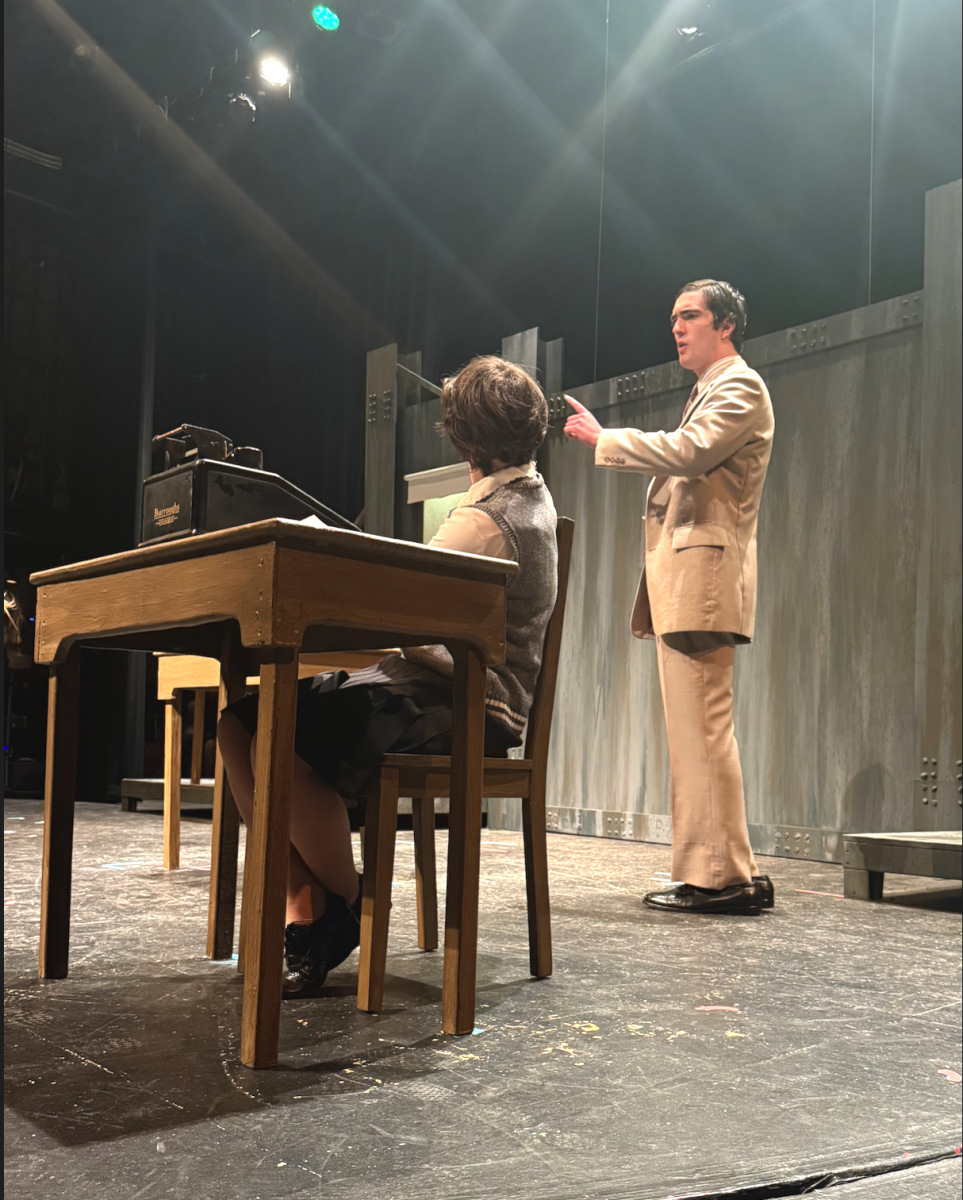
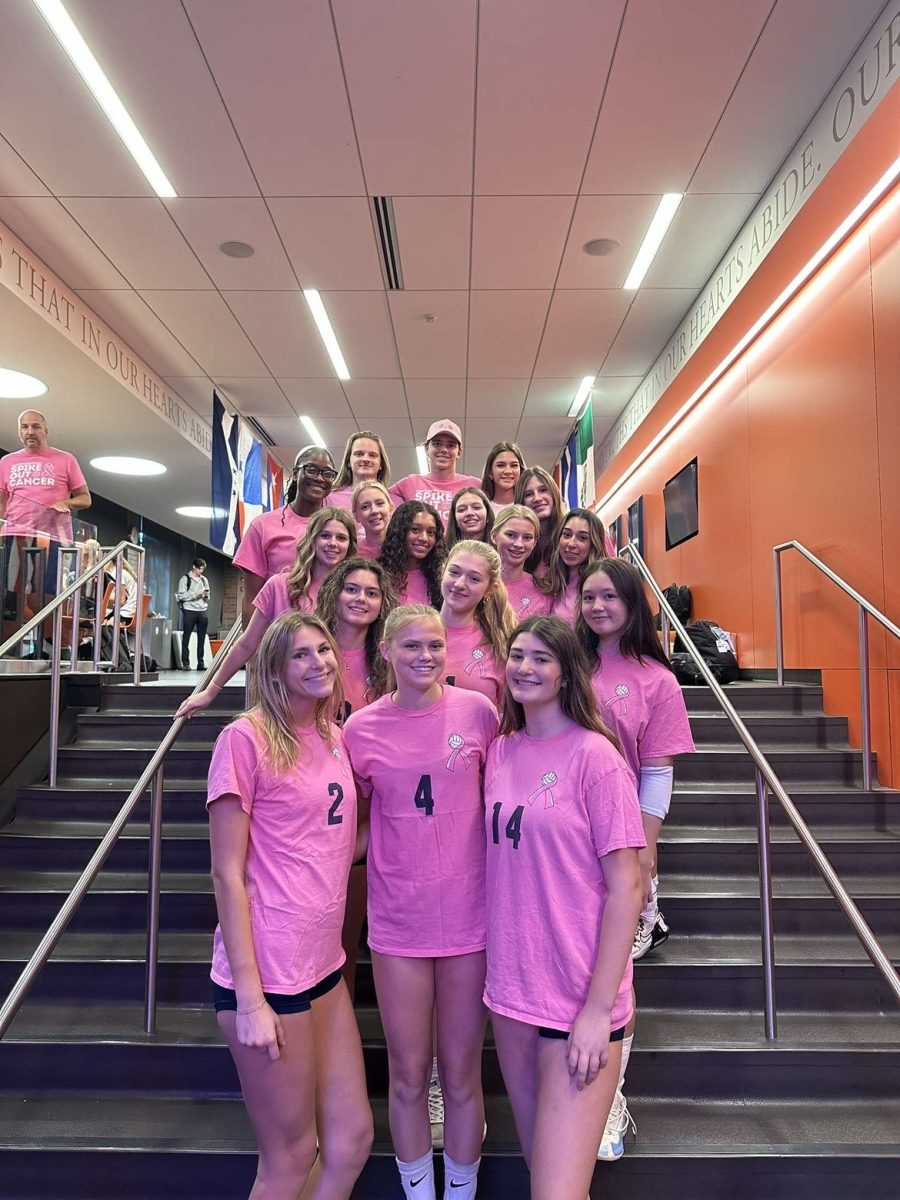
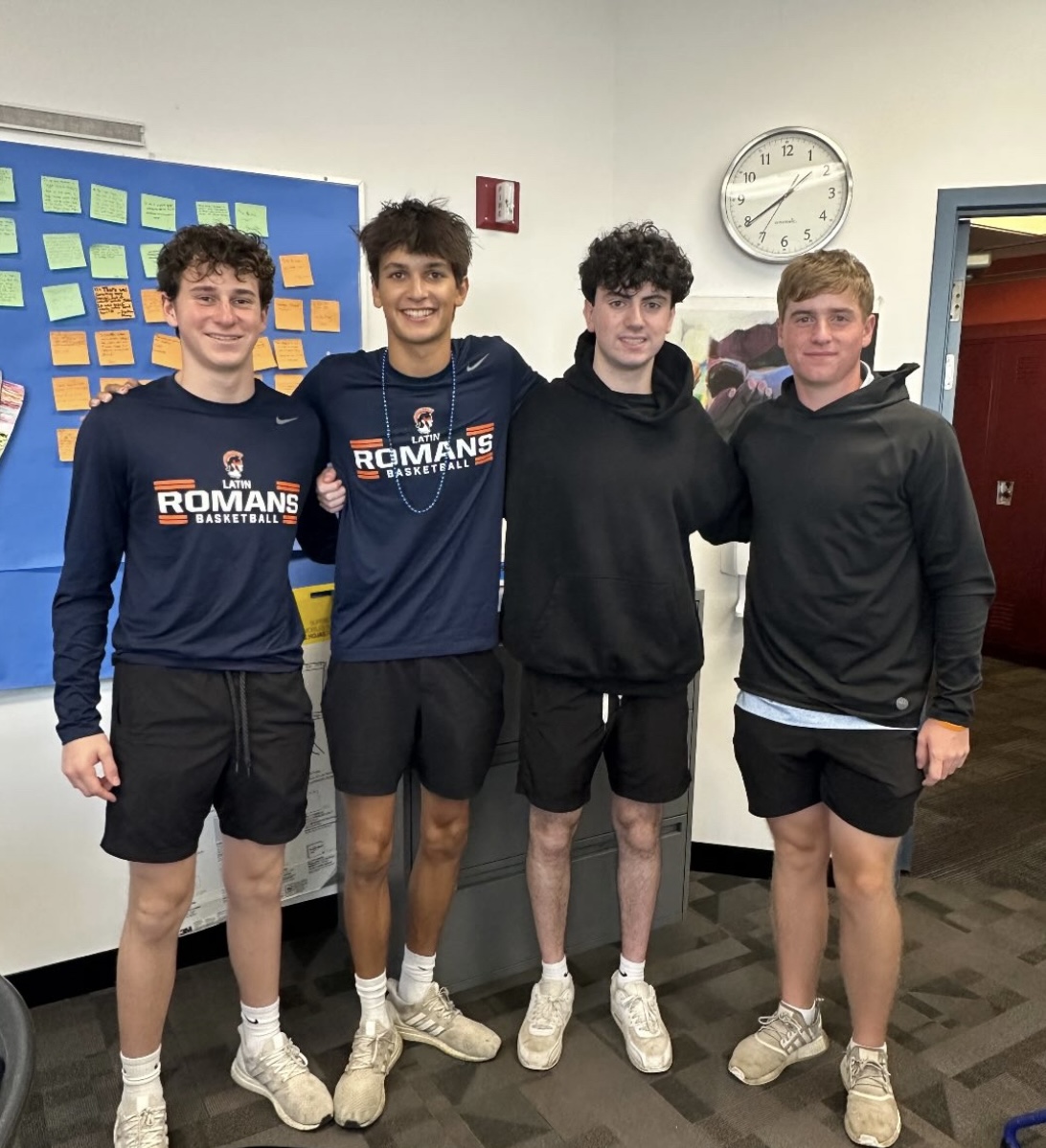
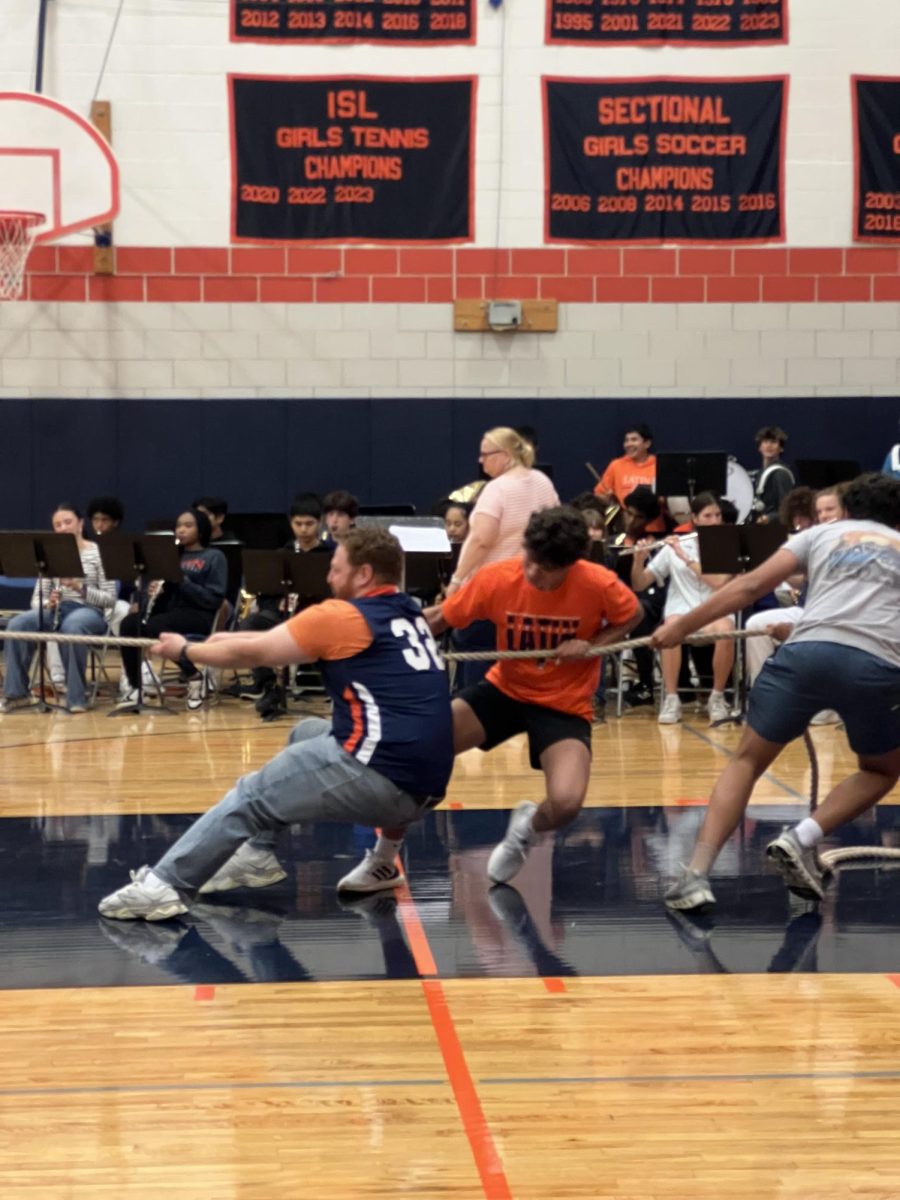
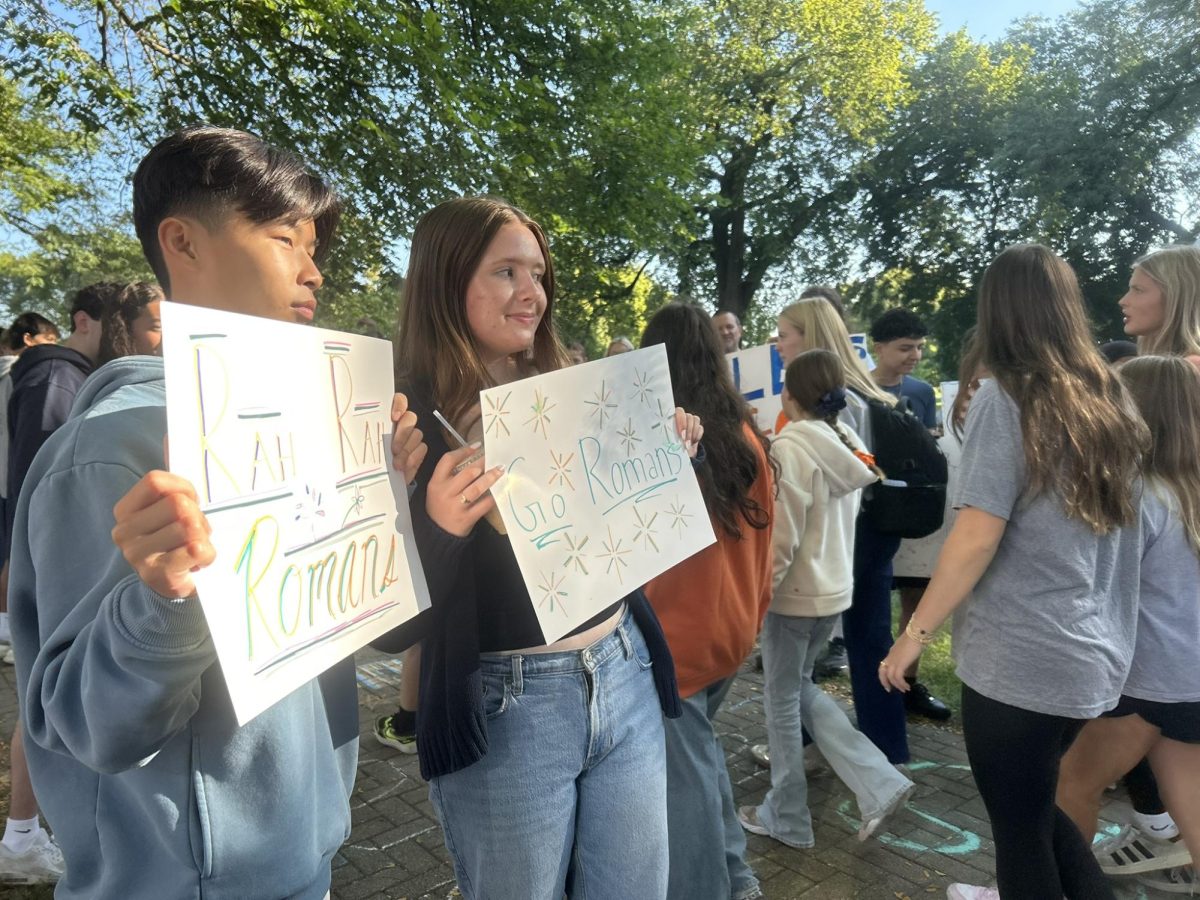
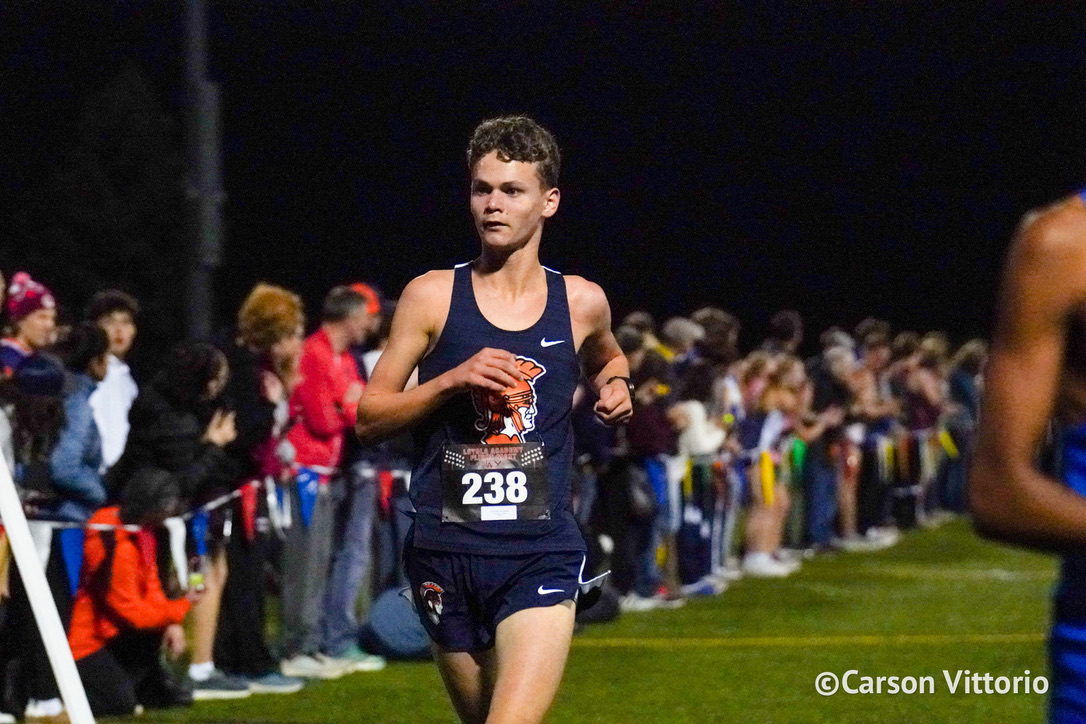
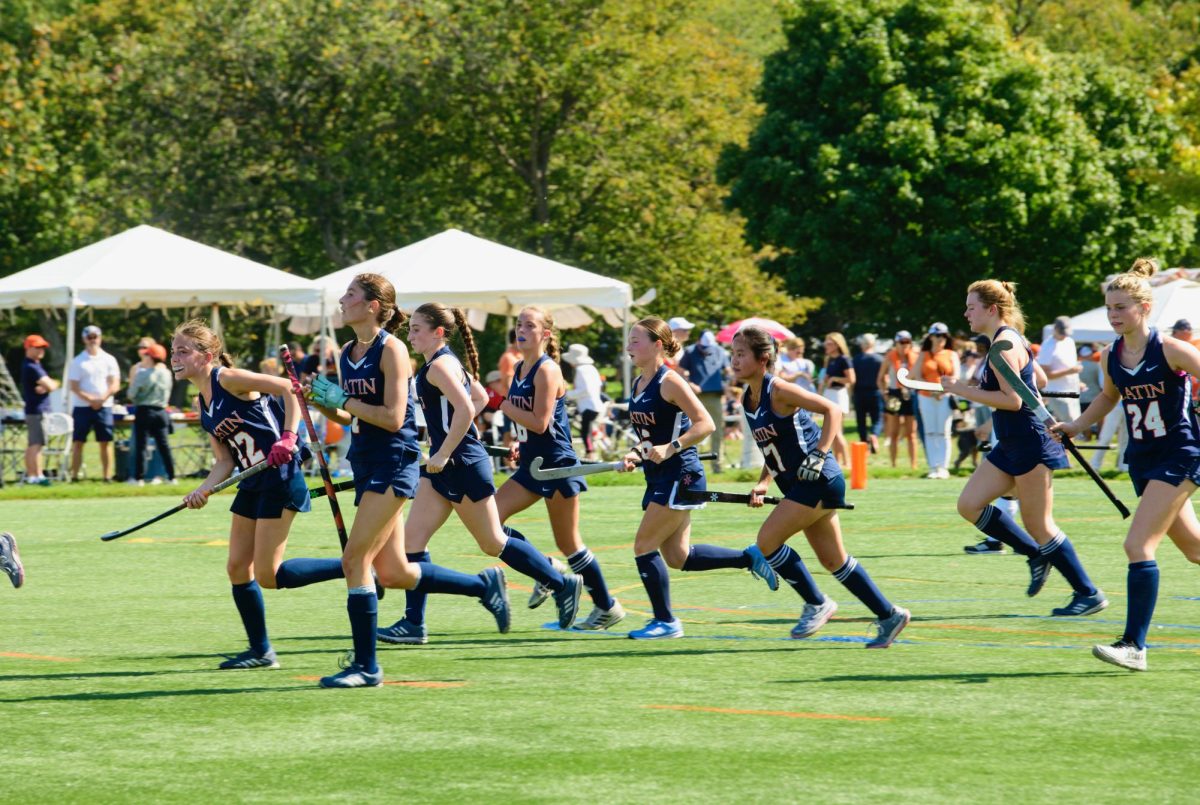


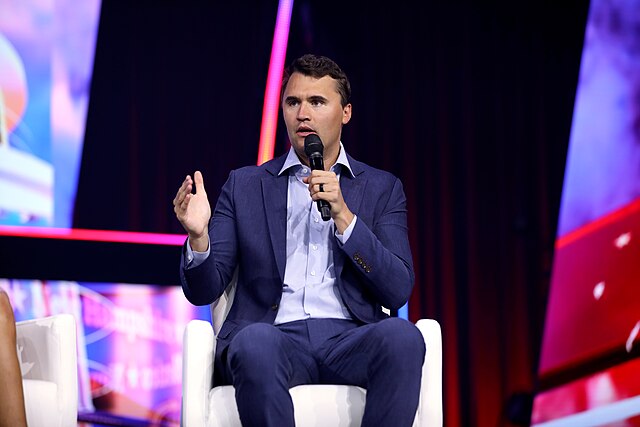


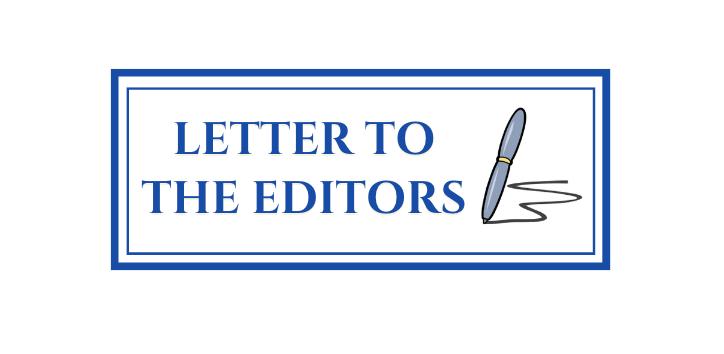
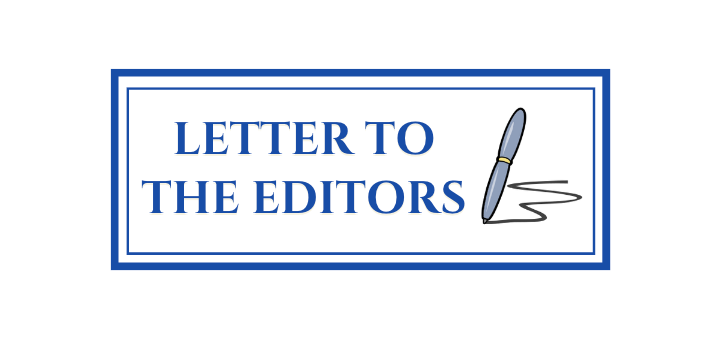

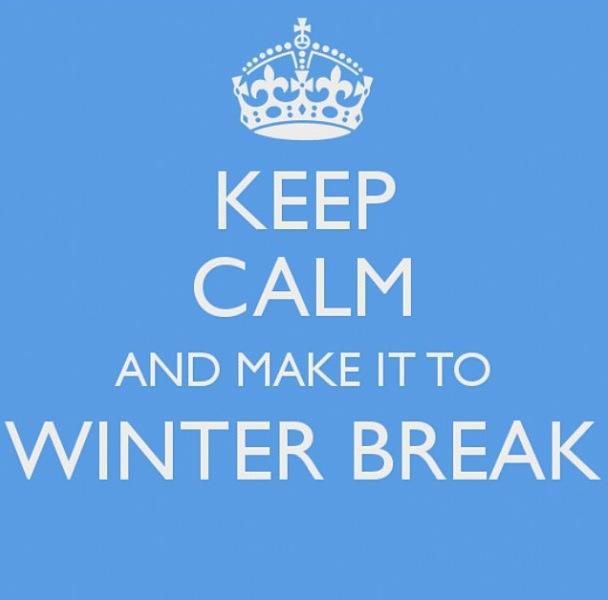

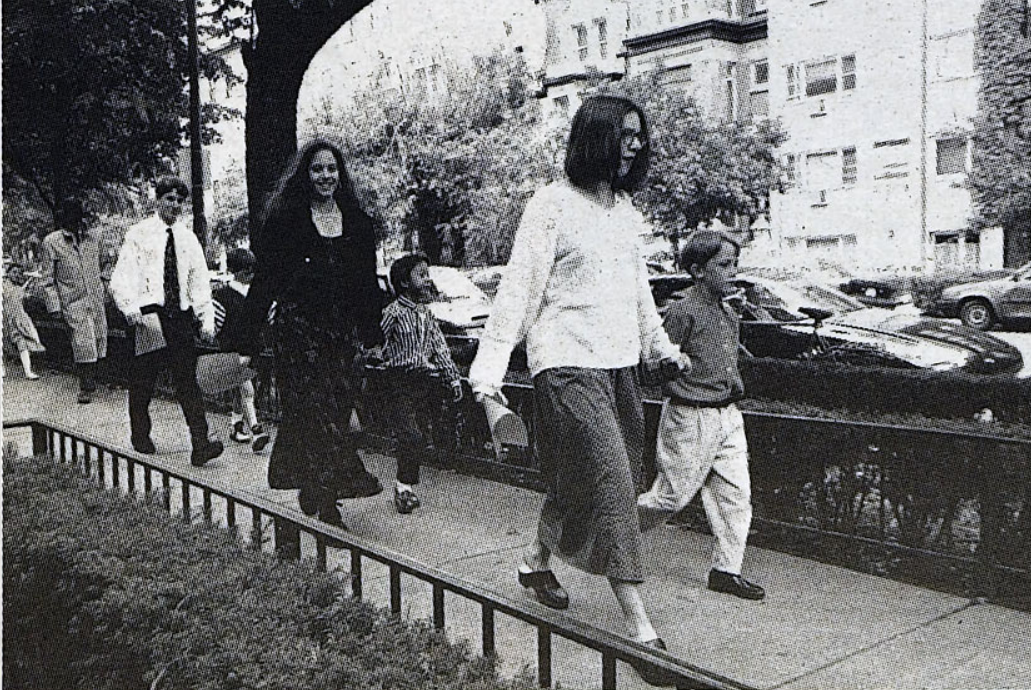



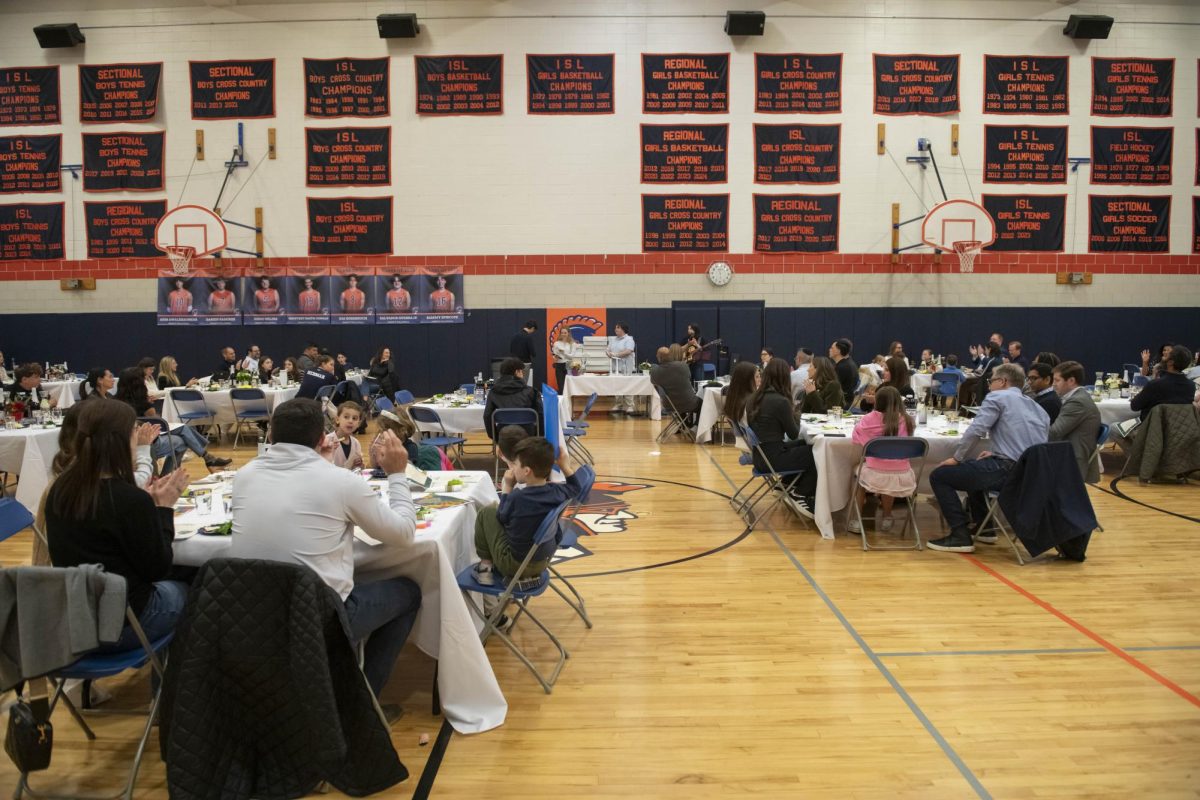
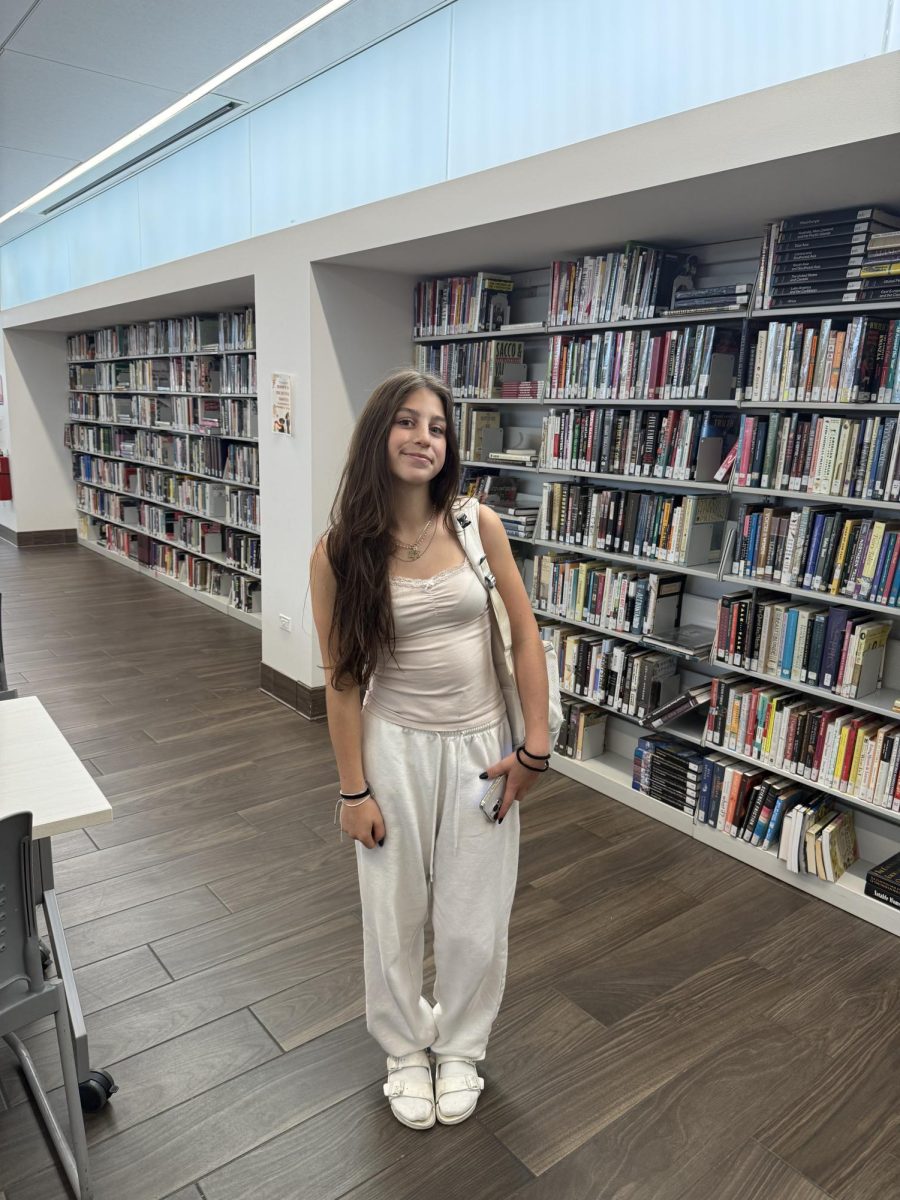


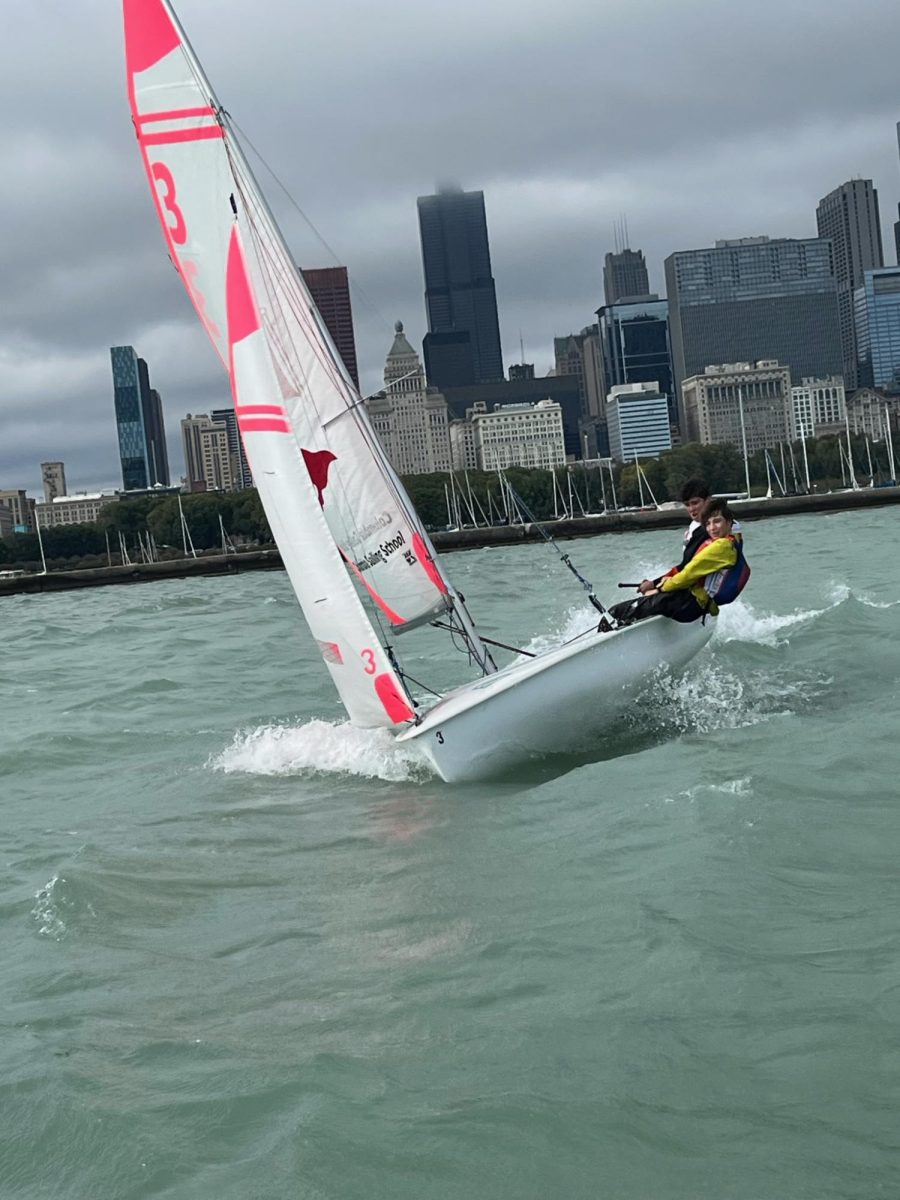
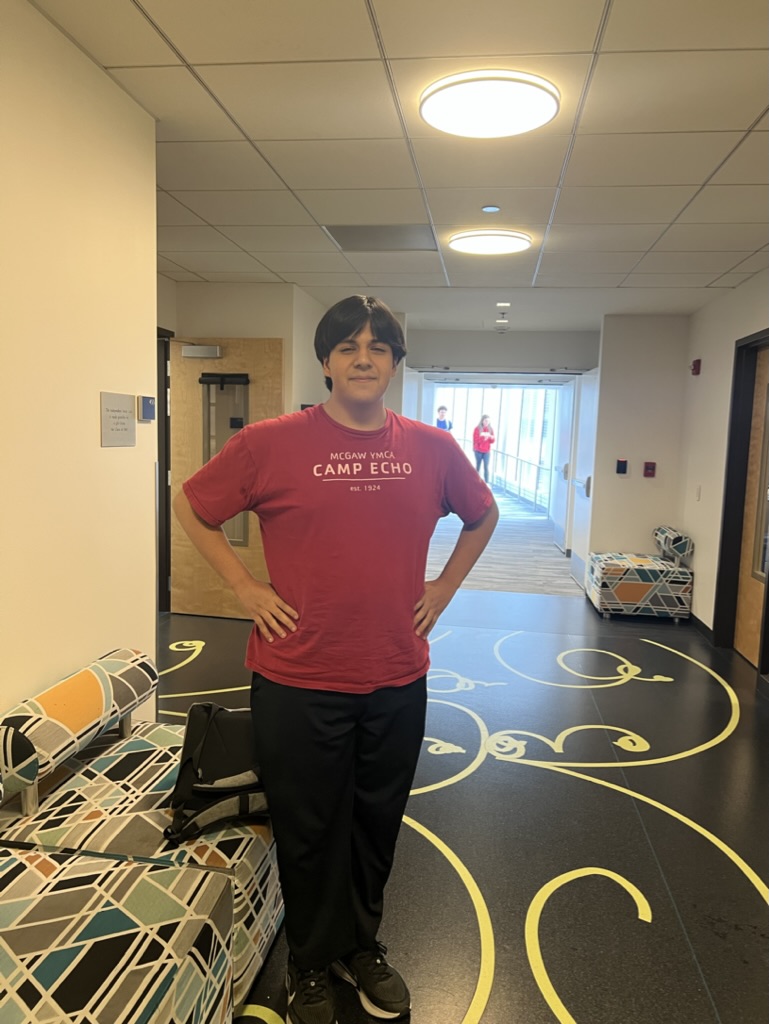
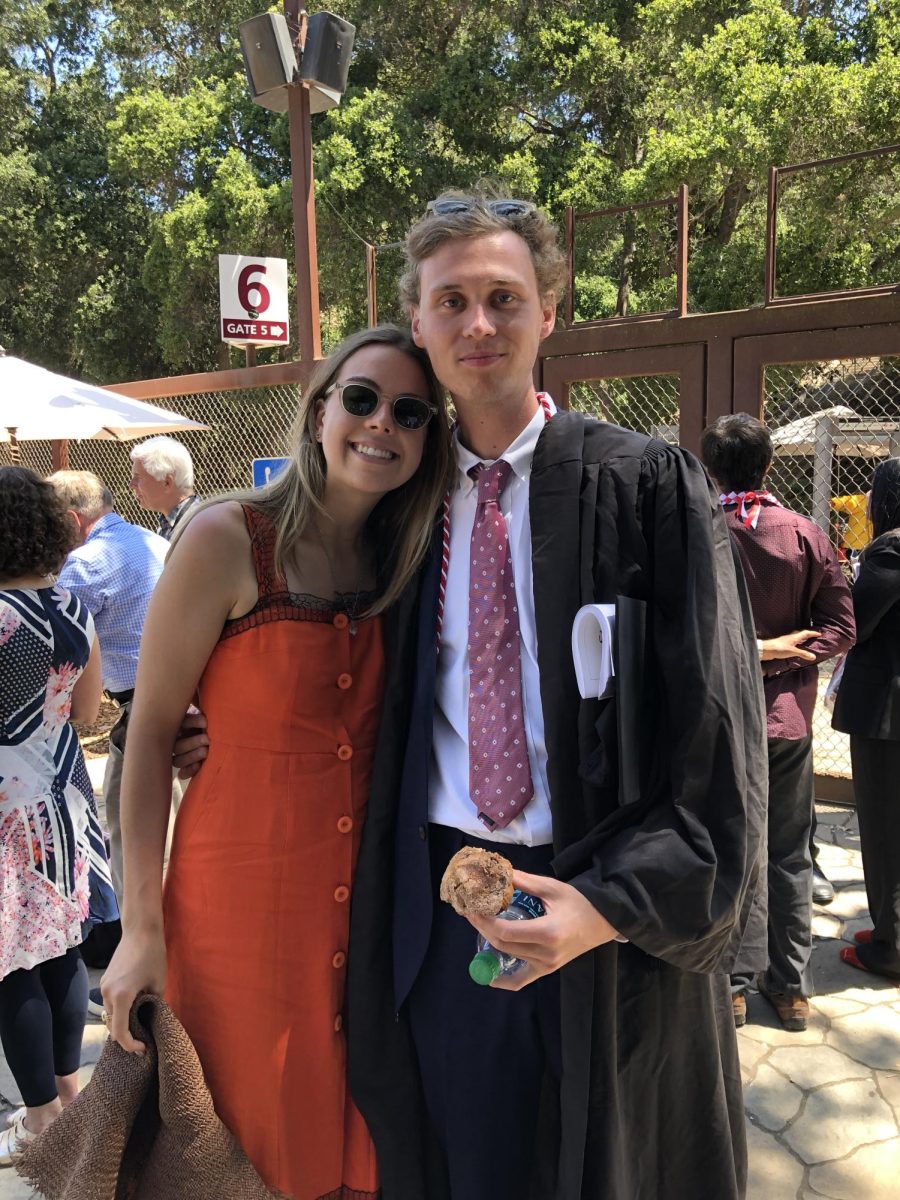
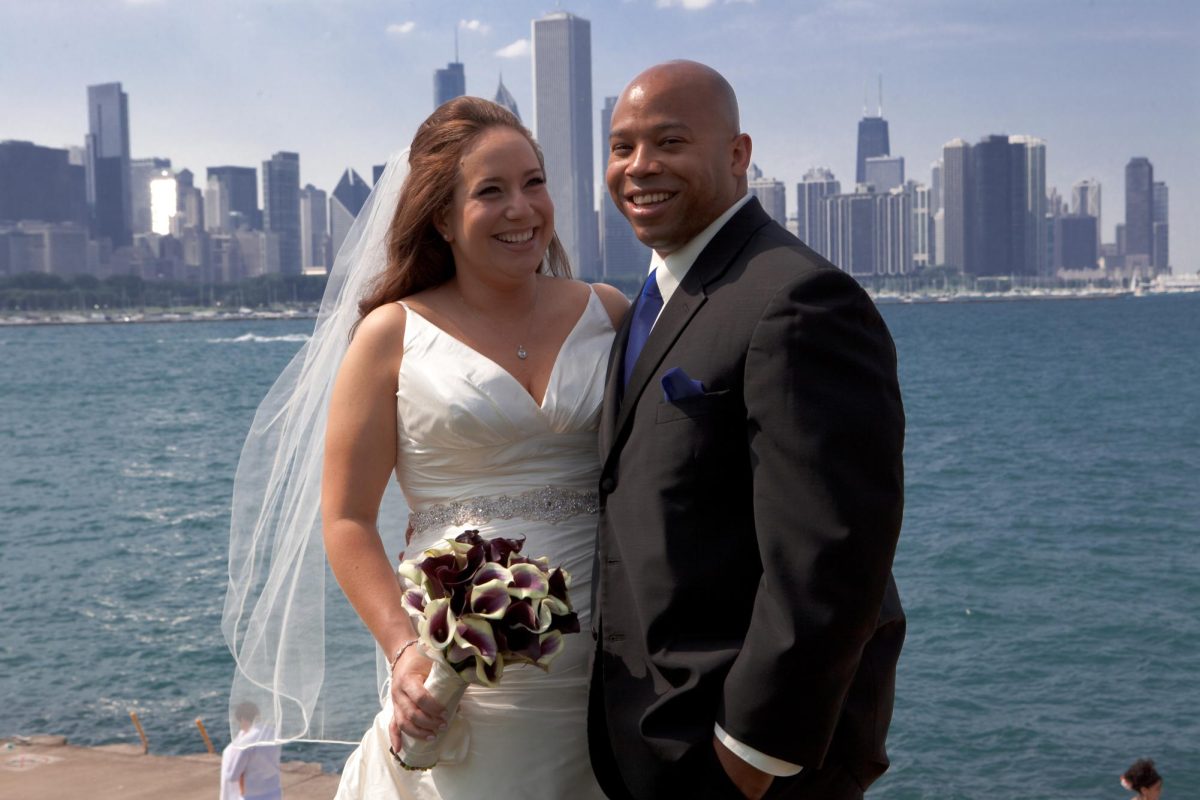
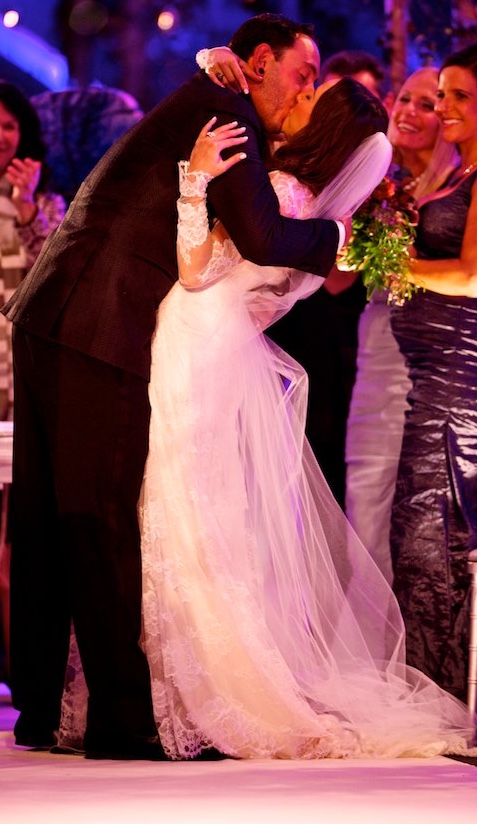


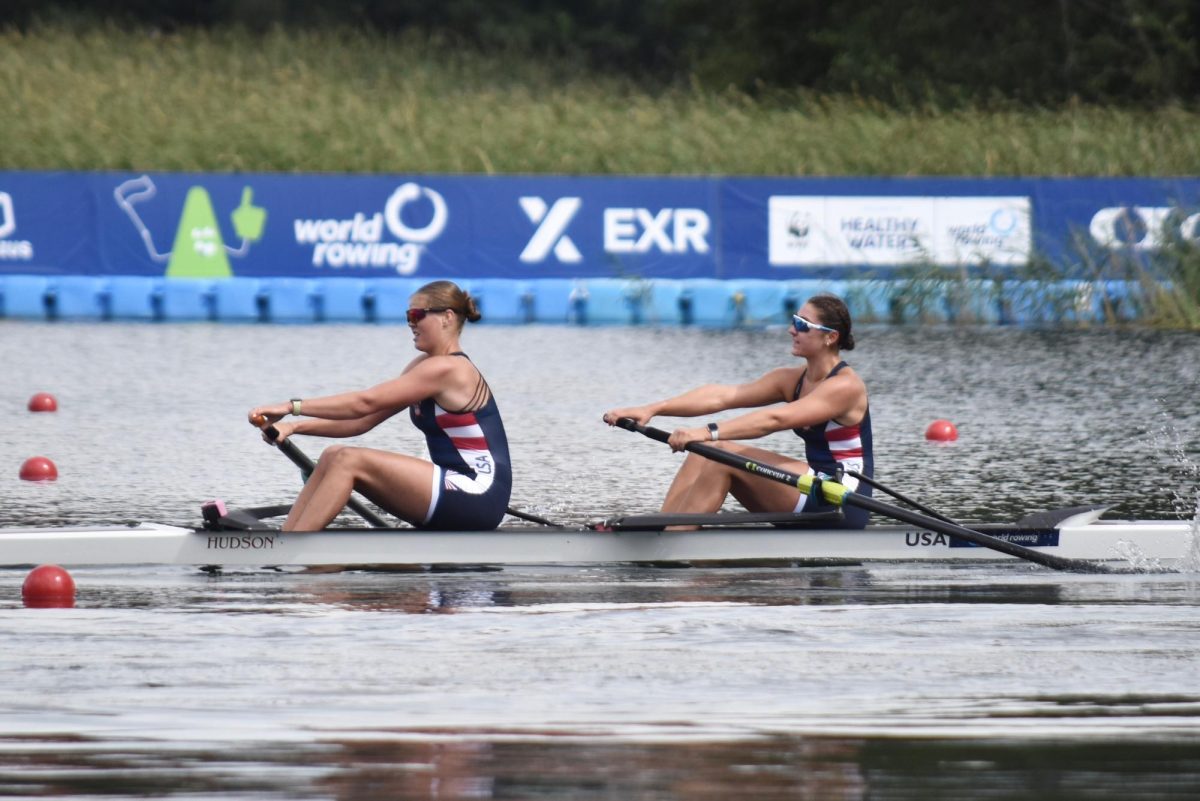
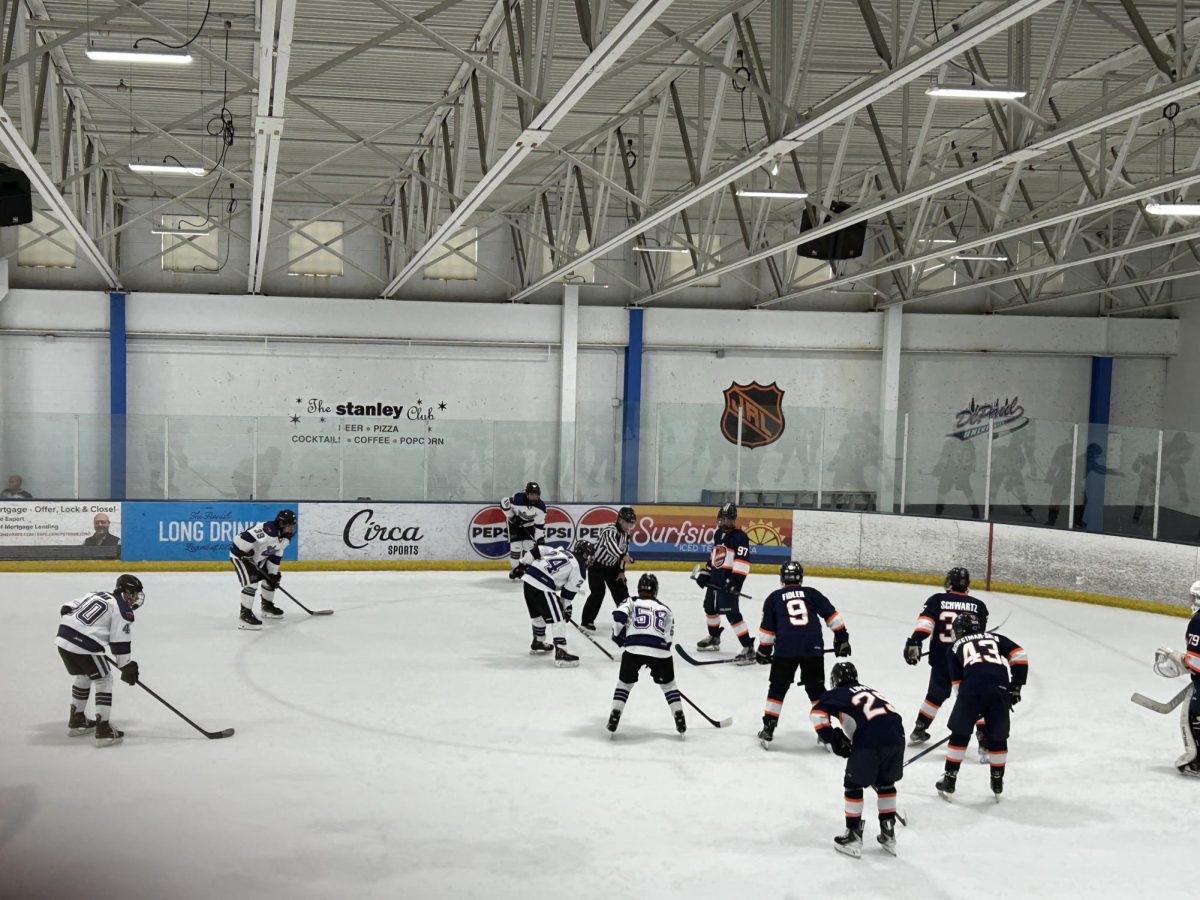
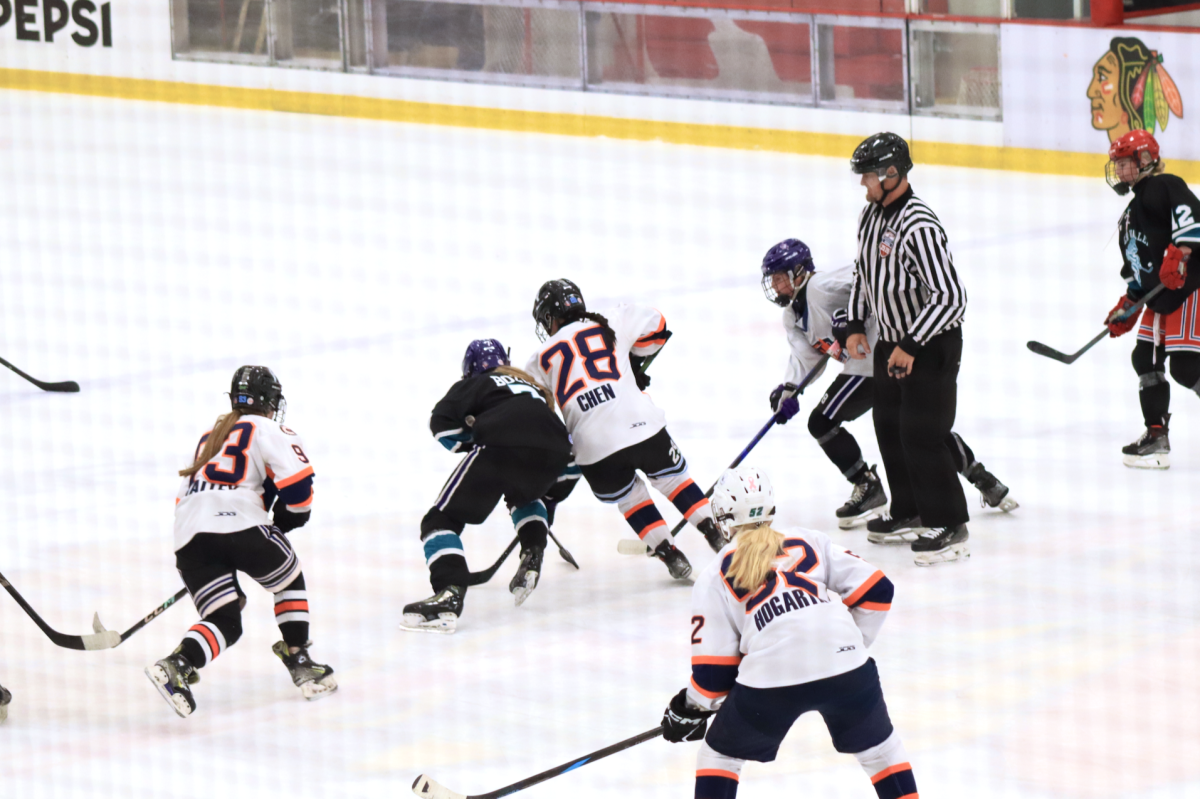
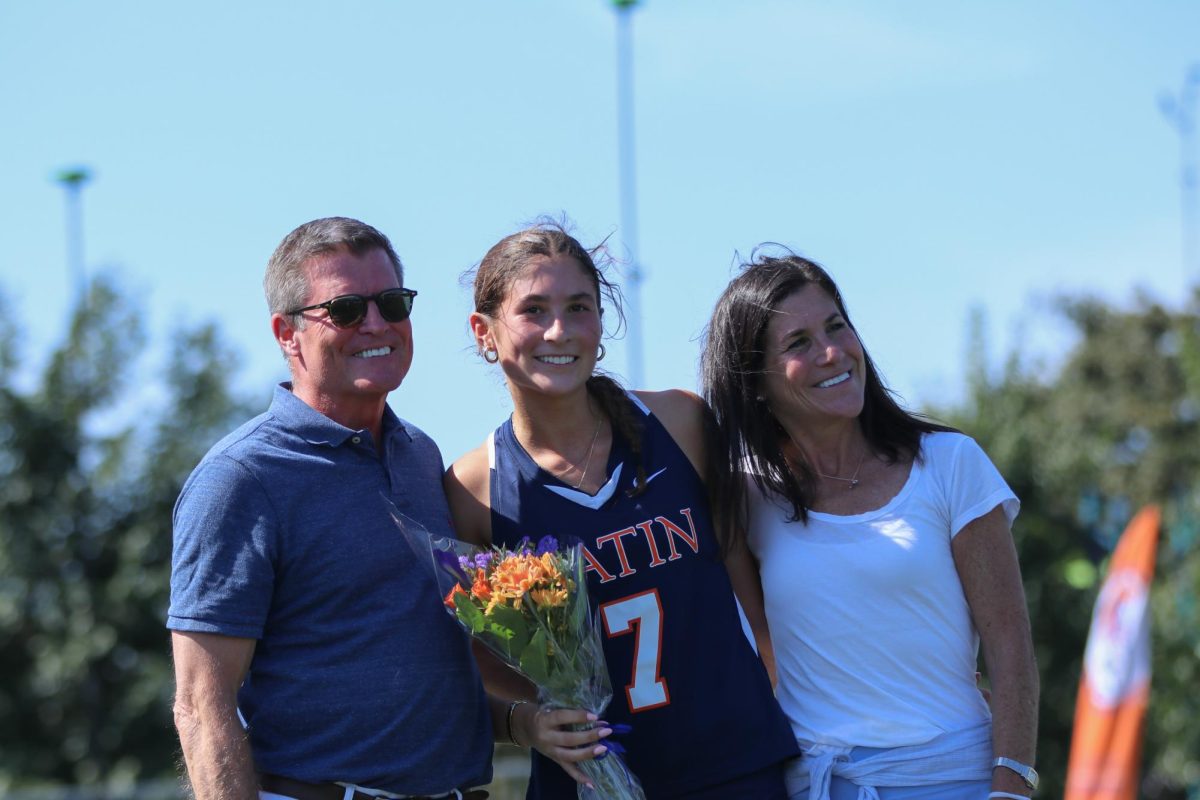
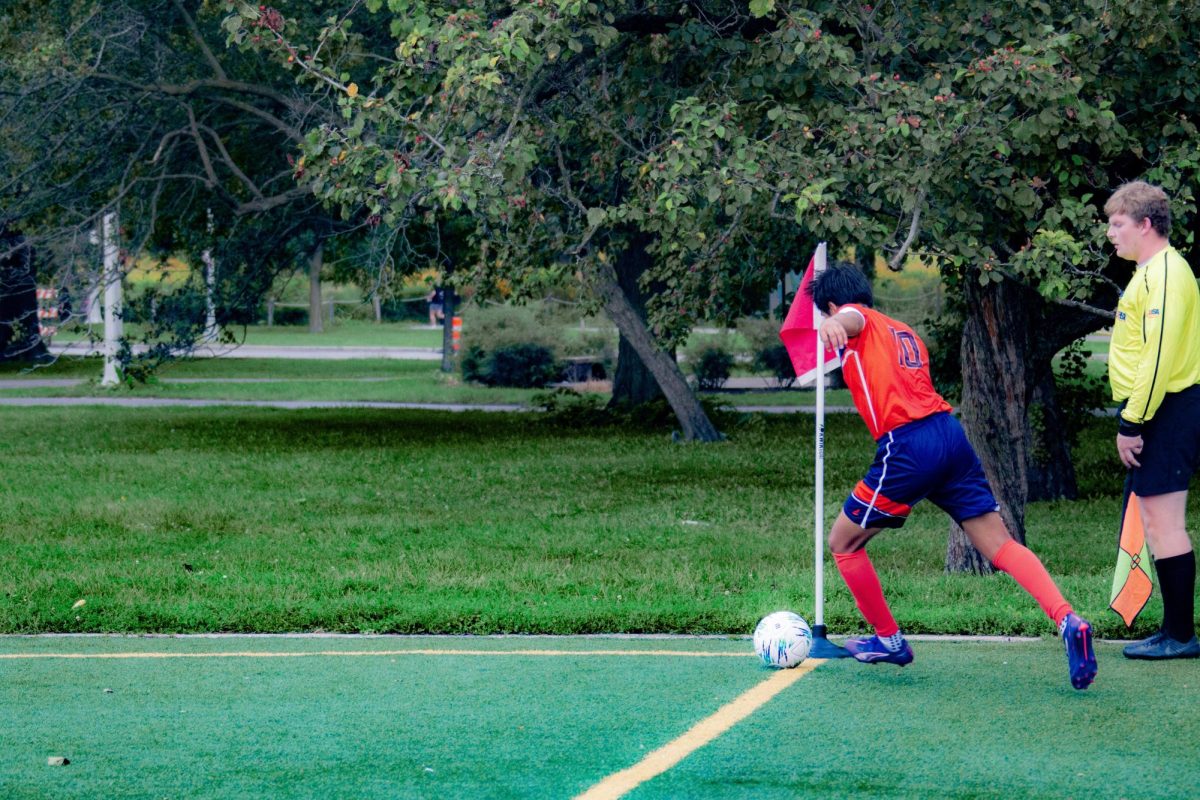
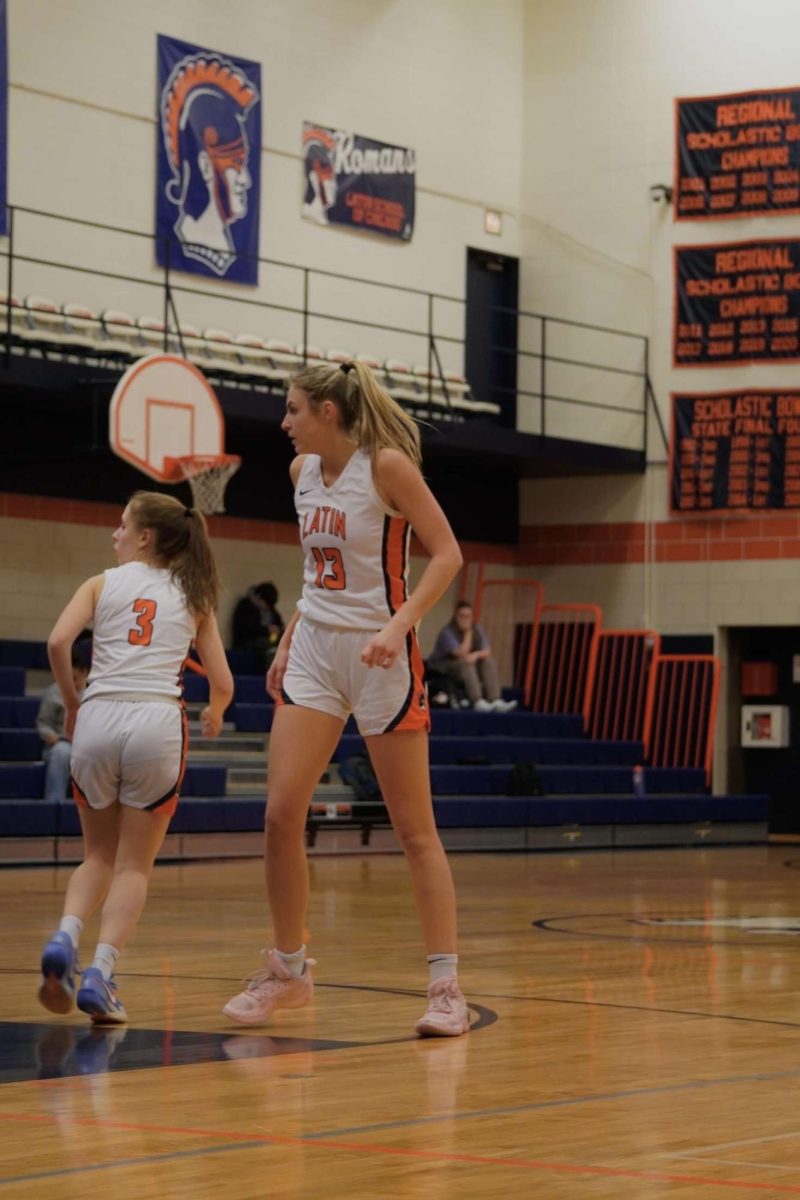
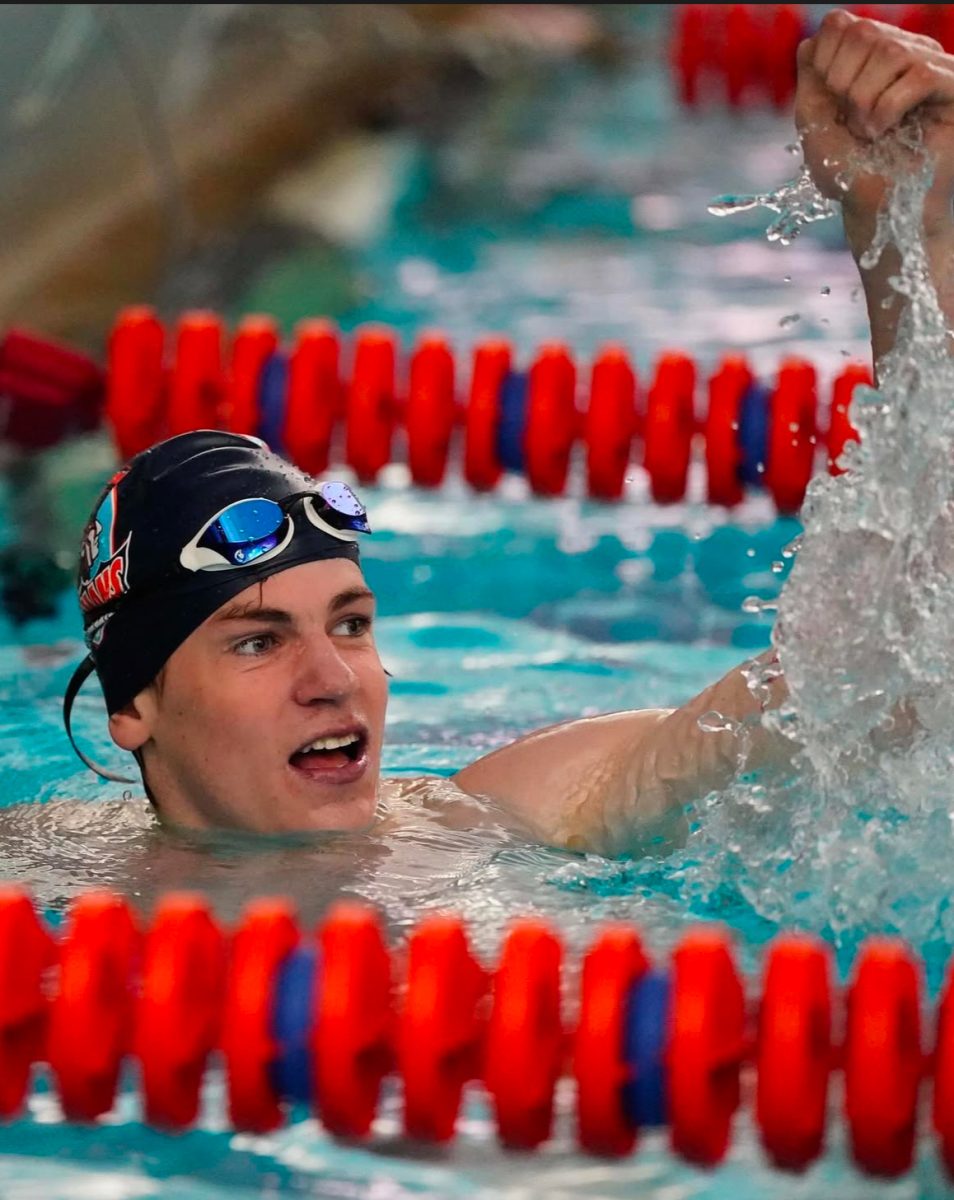
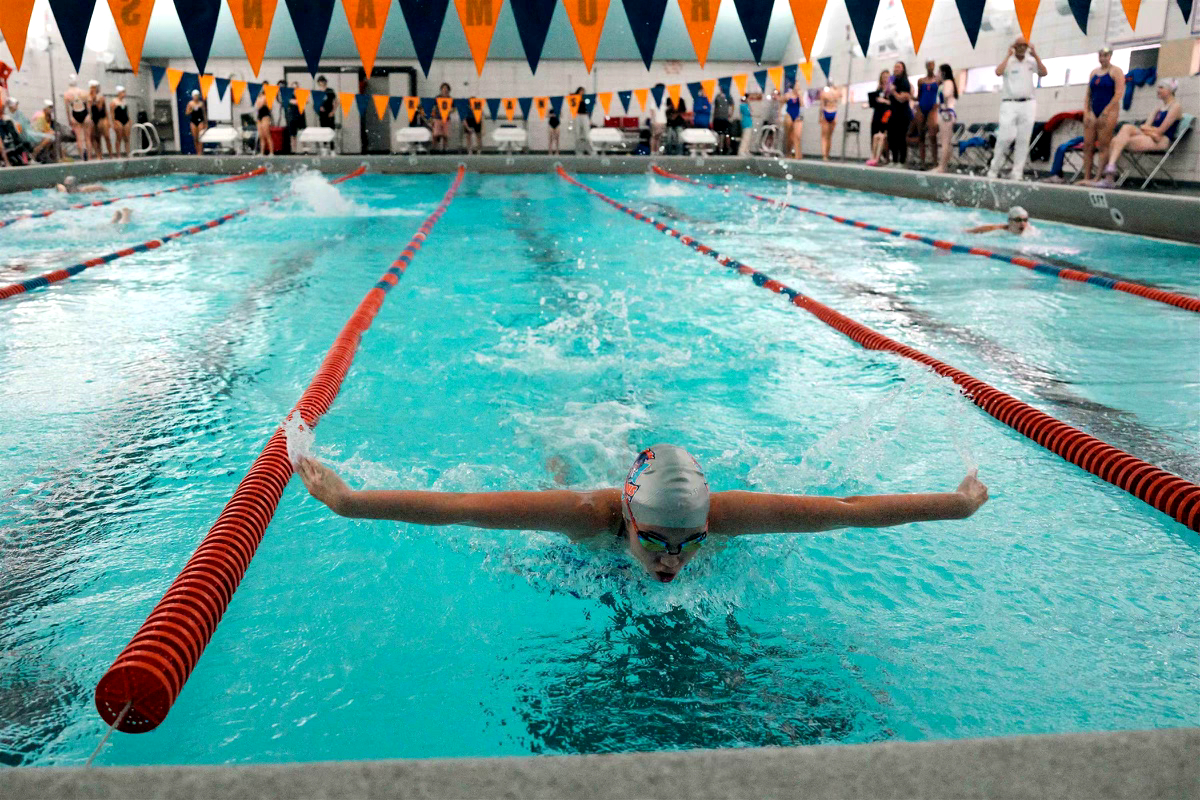



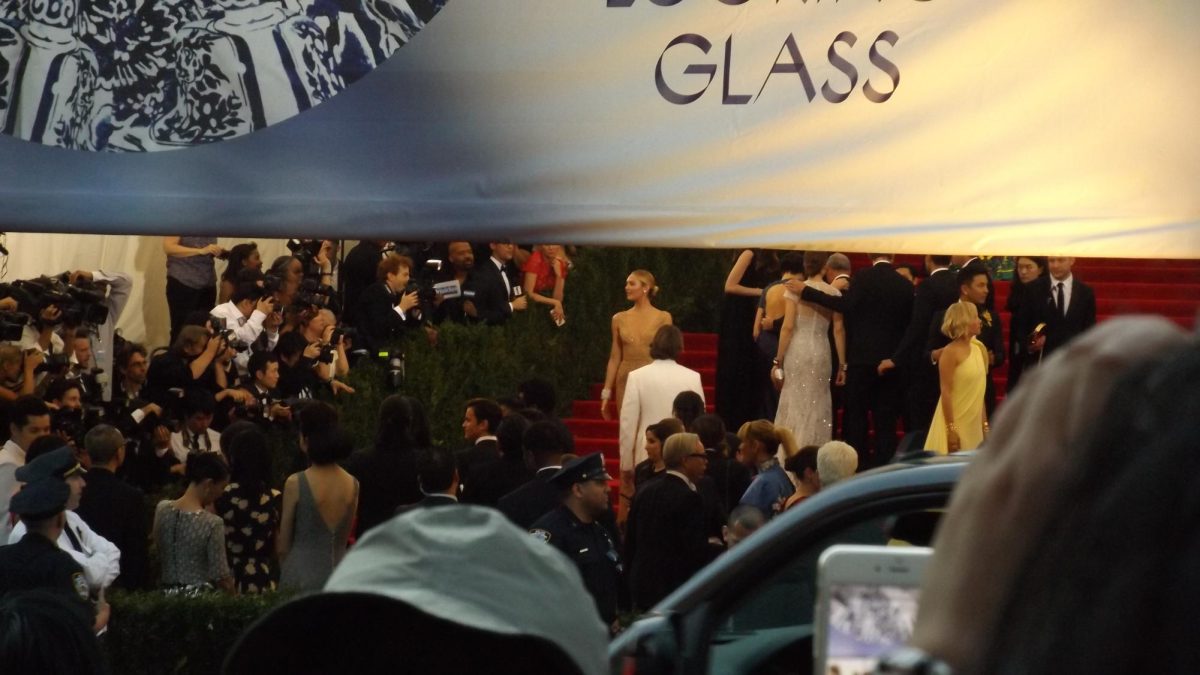
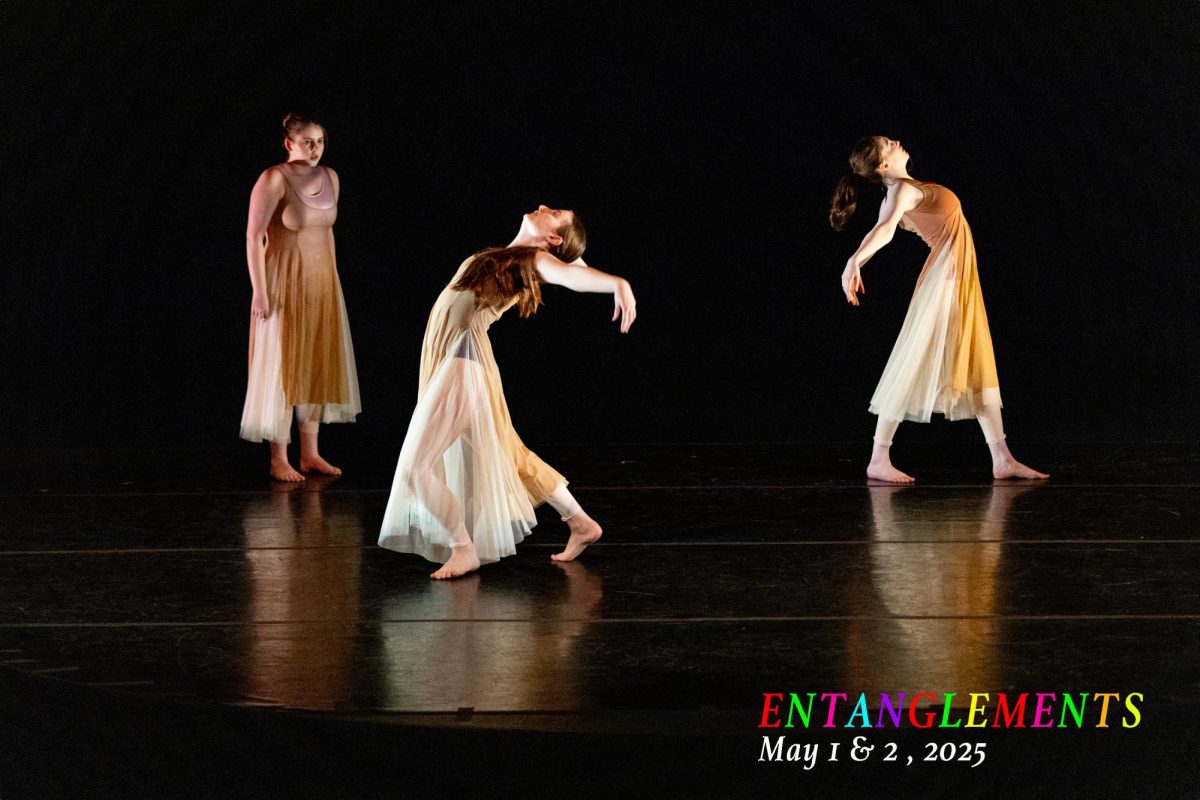

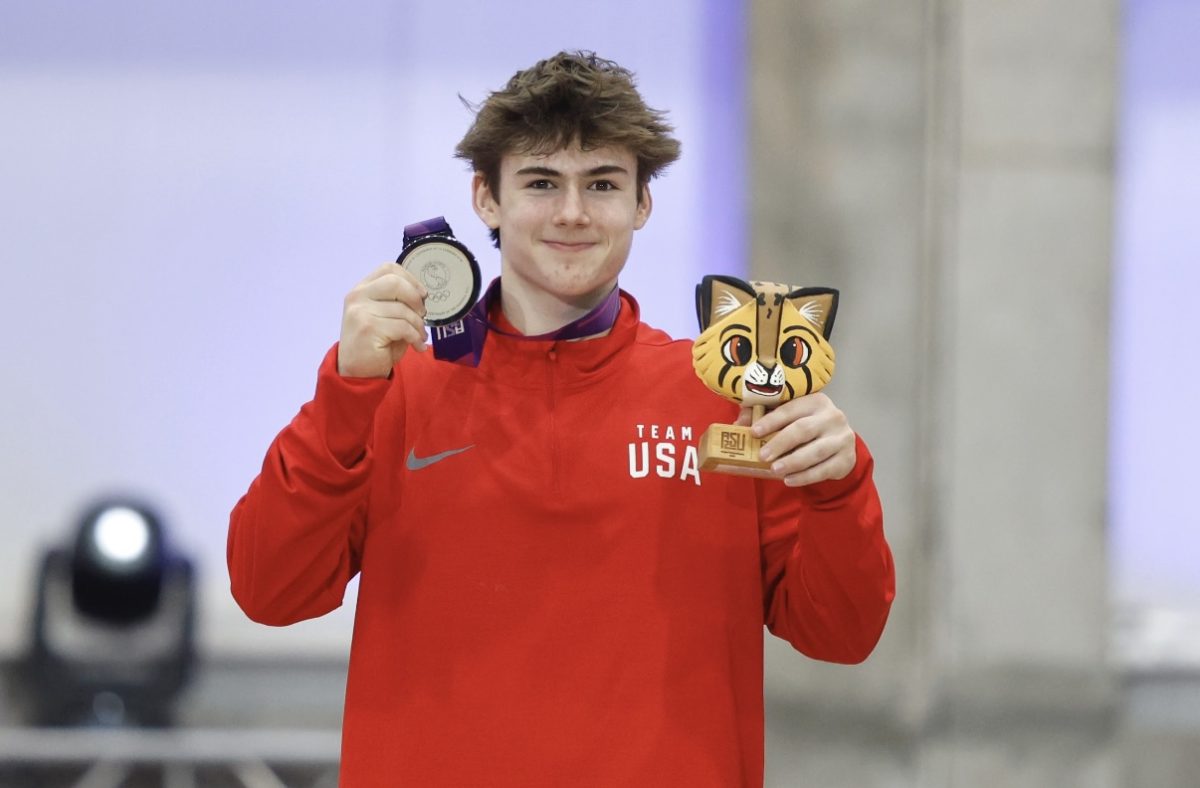

jreiner • Oct 1, 2013 at 10:00 pm
I was reading an article a few days ago about how in Sweden, like many other countries, almost all sports are at the club/local level, and are very rarely connected with school/academics. This article in particular related it to a “separation of church and state,” as in you do one thing at school and another thing at a sport club.
On another note, as the founding and head of a fledgling club (Australian handball club), it is near impossible to get good attendance at an after-school tournament, primarily because students are spread so thing with extracurriculars.